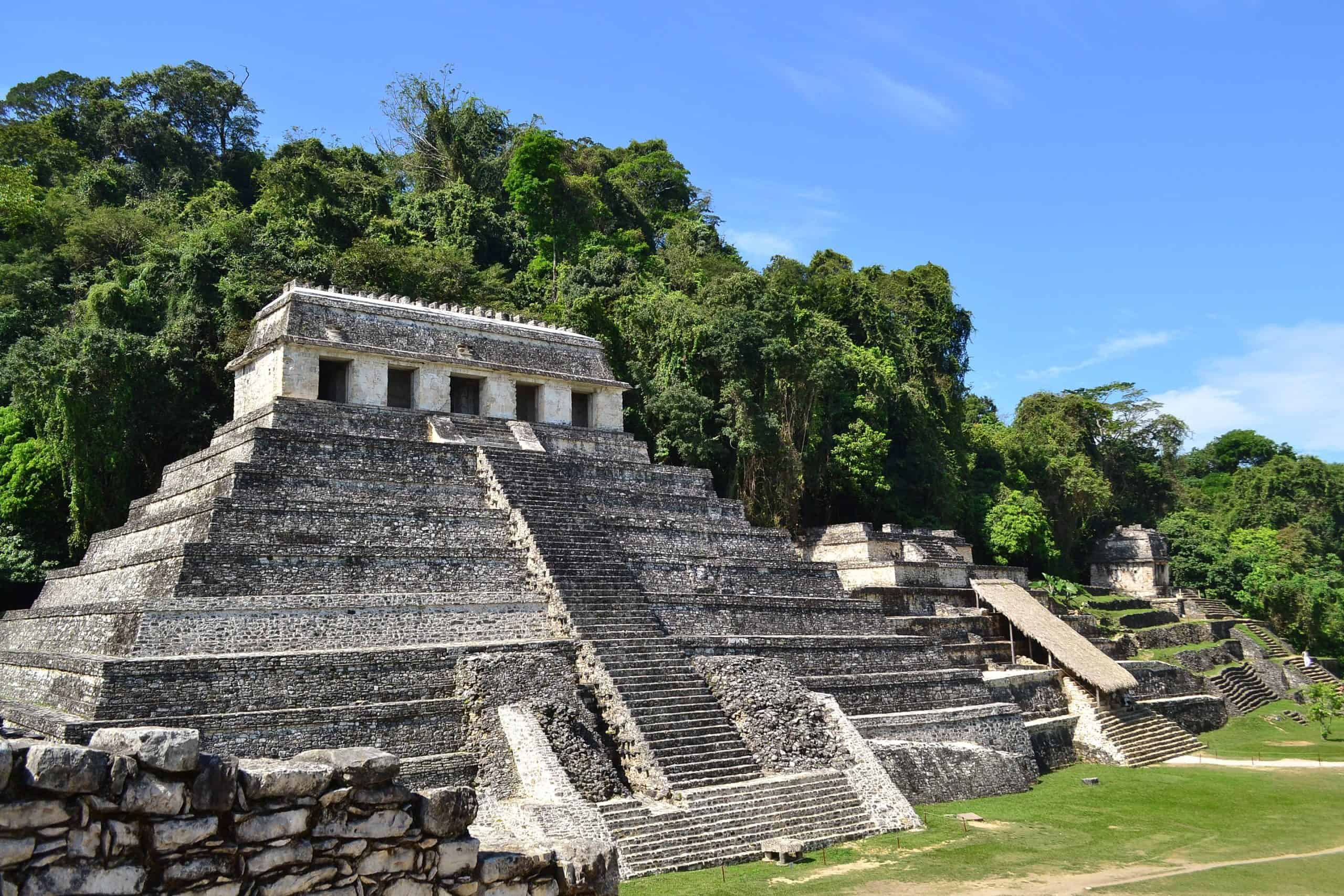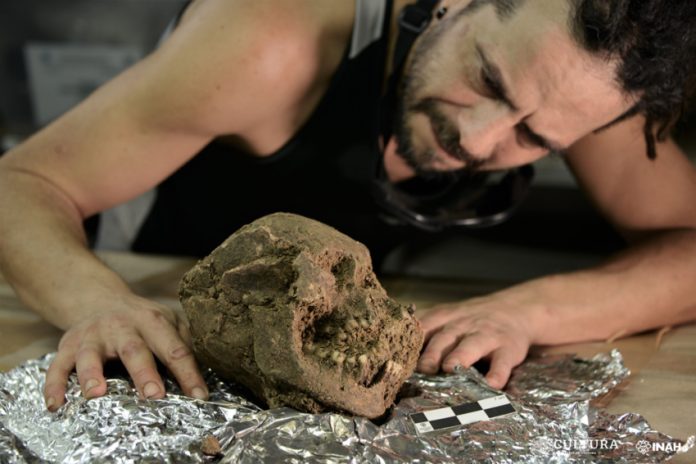A skeleton discovered last May at the archaeological site of Palenque was a foreign woman of around 45–50 years of age, according to a new forensic analysis.
A team from the Palenque Archaeological Project (PAP), coordinated by the National Institute of Anthropology and History (INAH), conducted a detailed study of the skeleton dubbed “Lady SAS,” revealing new data about her diet, physiognomy and health.

The team — made up of osteoarcheologist Luis Núñez Enríquez and physical anthropologists Miriam Camacho Martínez and Lucía López Mejía — confirmed the skeleton was female through analysis of her pelvic structure and skull features.
They also noted intriguing differences between the skeleton and other human remains found in the Mayan city.
“The human burials of Palenque are usually located inside temples or in living areas, and the space where we found this skeleton — a stone tool workshop, as reported by INAH — is neither,” said Núñez.
“One possibility is that she was associated with this activity, and those who worked in the workshop decided to bury her right there.”

The team also observed that the woman had an intentional skull deformation of the “erect tabular” type, which expanded the skull in width and height. While intentional skull deformations were common among the ancient Mayans, the tribes of Palenque favored “oblique tabular” modifications that lengthened the skull backwards.
This led the team to conclude that “Lady SAS” may have been a foreigner within the kingdom, despite the fact that she was buried close to the site’s urban nucleus. She was found alongside three vessels believed to be burial offerings, which suggests she died between A.D. 800 and 850.
“Thanks to hieroglyphics found at Palenque, we know that women used to arrive at the city… for political relations and for marriage, and that they were women of some importance,” Pablo Alberto Mumary Farto, Doctor of Mesoamerican history at UNAM told Mexico News Daily.
“This find proves that,” he said. “It is confirmation that women did come [to Palenque] from outside the kingdom, or the Maya-Palenque state.”
Another striking feature of “Lady SAS” was a set of green inlays on her teeth, which were also intentionally filed. Núñez Enríquez observed that many societies around the world practice dental filing and skull modifications, “reflecting codes between people who share a symbolic language — who are of the same ethnic group or practice the same trade.”
“She bears the characteristics of someone who had a certain status — the dental decoration and the jade belongings that were found with her… this discovery is important from an archaeological — an osteological — standpoint because it confirms what we have read on the inscriptions: the arrival of foreign women to Palenque to marry men of a certain social status,” said Mumary Farto.
Núñez Enríquez also commented that “Lady SAS” had suffered from several pathologies common in pre-Hispanic women, including dental caries, a bone fracture and signs of scurvy caused by vitamin C deficiency in childhood.
However, these illnesses had healed at the time of her death, leading the team to believe she died of natural causes at 45–50 years old — the maximum normal life expectancy in pre-Hispanic Mexico.
“Lady SAS” is one of several archaeological finds to have been discovered during the Program for the Improvement of Archaeological Zones (Promeza). Promeza is being carried out alongside the construction of the Maya Train — a controversial new railroad that will link the archaeological and tourist sites of the Yucatán Peninsula.
Mexico News Daily
